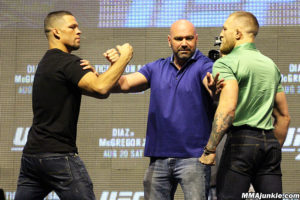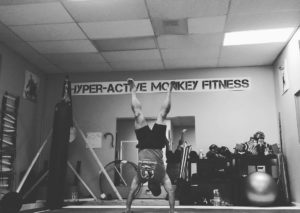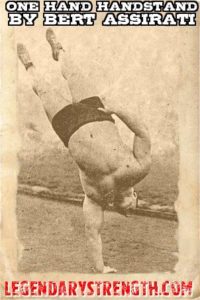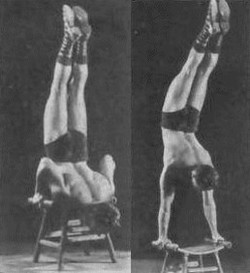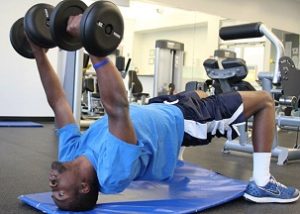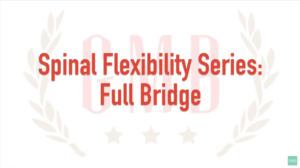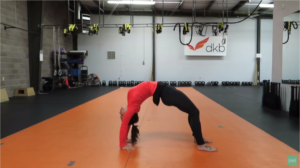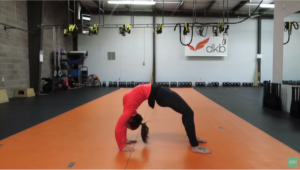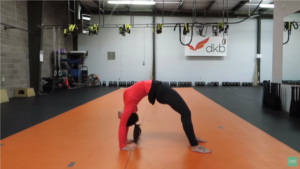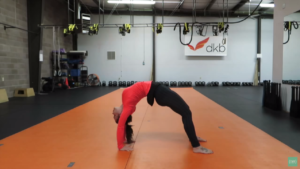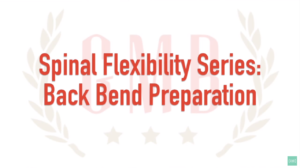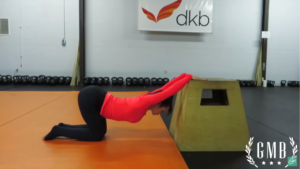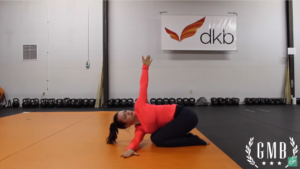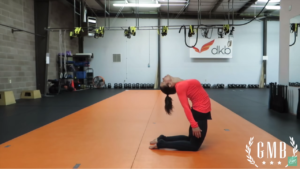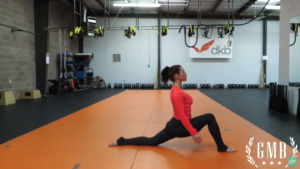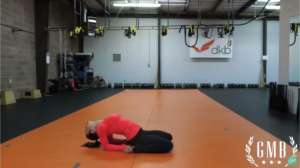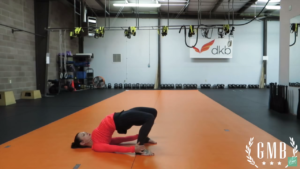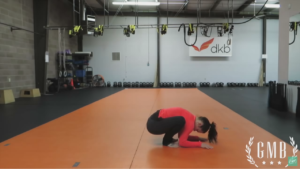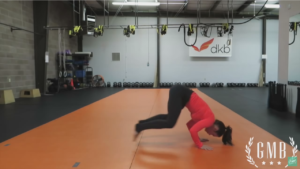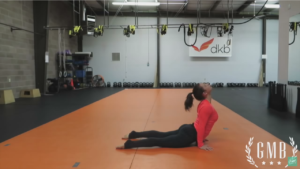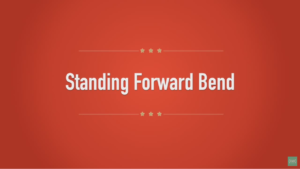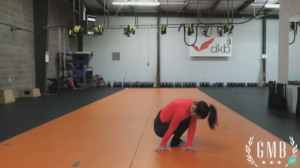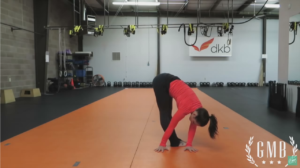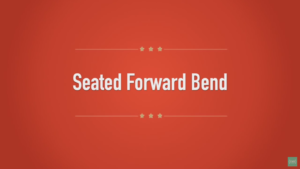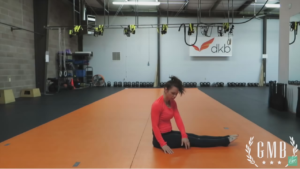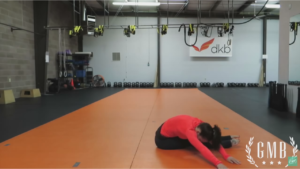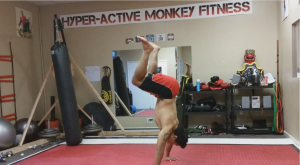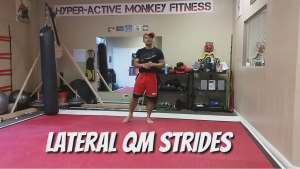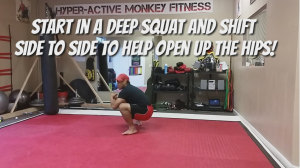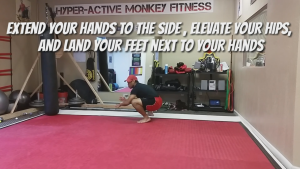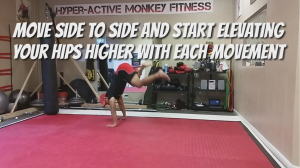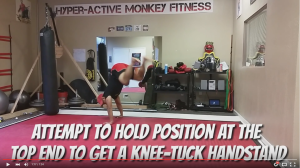Tonight is the long awaited night: the two powerful welterweights Nate Diaz and Conor McGregor will go at it for the second time in a fierce battle to prove the stronger welterweight once and for all at UFC 202.
While Nate Diaz won the last bout and proved himself a much more patient and strategic fighter in their first bout, Conor McGregor seems to have honed his focus and sought more patience in this fight.
What, then, has he sought in his training?
It may make more sense to say whom. Ido Portal is an Israeli movement expert who seeks to find a union between strength, conditioning, and technique. We’ll get to see below the ways that Ido sought to blend the three together for Conor in his next bout, as he helped Mcgregor attain the physical shape to defeat the legendary Jose Aldo in a mere 13 seconds. (He has trained other MMA fighters as well, like Alberto Mina.)
Ido Portal Method
Conor Mcgregor continually hones his striking. Both his fists and feet are fierce weapons in the ring, both thus far unmatched in the 145 weight class. But he has focused on training that truly boosts his mobility in the ring, training with complex and bouncy animal movements and different movement chains that engage the tendons and ligaments, boost proprioception, and aid the utilization of full body power in fight situations.
Here is a video of some of the movement training that McGregor did with Ido Portal as he trained for his last fight. I’d say more people understand how important body movement is for overall health and functionality. Are you one of them? If so, watch this video and try out some of the movements for yourself. I truly believe that you’ll discover patterns and freedom of movement that will get your body singing.
And tonight, may the best man win!

